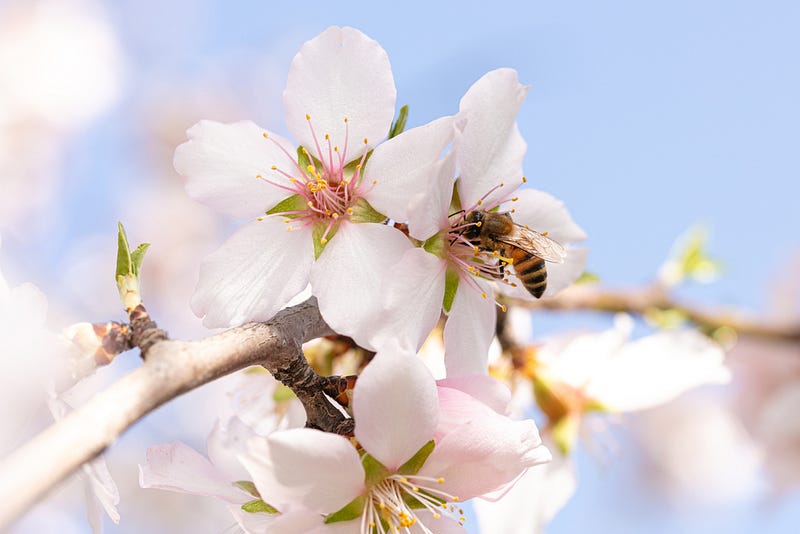Innovative Laser Technology: A Sustainable Solution for Pesticide Reduction
Written on
Chapter 1: The Challenge of Pesticides
For many years, farmers have relied on pesticides to ensure the health of their crops. While these chemicals help keep plants pest-free, they come with numerous drawbacks, particularly when applied excessively. Not only do they pose risks to the treated plants, but they also affect beneficial insects, human health through food consumption, and the broader ecosystem. Pesticides can leach into local waterways, eventually contaminating drinking supplies.
To tackle these issues, researchers have been developing "smart" pesticide application techniques. One of the most promising methods incorporates lasers, cameras, and weight sensors, which can reduce pesticide usage by 50% to 83%. Importantly, this technology is adaptable; existing sprayers can be upgraded to utilize these advancements without needing to purchase new equipment.
Section 1.1: How Laser Technology Works
Lasers contribute to more efficient pesticide application in several key ways.
Subsection 1.1.1: Tree Position Detection
By accurately detecting the positions of trees within an orchard, this technology ensures that pesticides are only applied where needed. It identifies how many trees are present and their spatial arrangement, preventing unnecessary spraying on surrounding vegetation.

Subsection 1.1.2: Assessing Tree Size
Another significant advantage of this system is its ability to gauge tree sizes. Traditional spraying techniques often apply the same volume of pesticide regardless of whether the trees are small or large. By measuring the size of each tree, the system can adjust the pesticide dosage accordingly.
Subsection 1.1.3: Analyzing Tree Density
In addition to size, the technology also evaluates the shape and density of the trees' foliage. By determining the leaf density, it can calculate the optimal amount of pesticide required for each tree. For example, it may determine a need for 0.03 liters (1.01 ounces) of spray per cubic meter of crop volume, ensuring precise application.
Conclusion
In summary, lasers play a pivotal role in reducing pesticide usage in orchards and nurseries by analyzing various factors, including tree position, size, and density. This innovative approach allows for the targeted spraying of the appropriate pesticide quantities in the necessary locations.
Chapter 2: Advancements in Laser Technology
The first video, "Why This Robot Kills Weeds With Lasers," explains the revolutionary use of lasers in agricultural settings, showcasing their effectiveness in weed management.
The second video, "Laser 'death ray' kills weeds 80x faster than humans | Hard Reset," highlights the speed and efficiency of laser technology in eliminating weeds compared to traditional methods.
Next article: Exploring AI Innovations for Improved Recycling